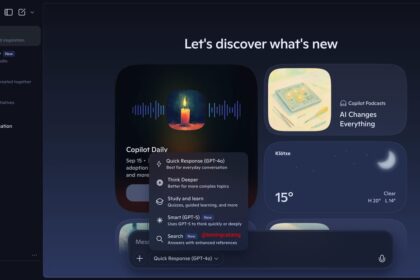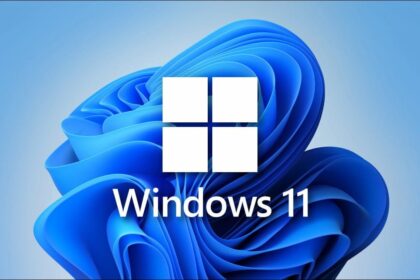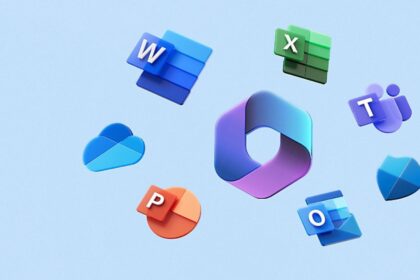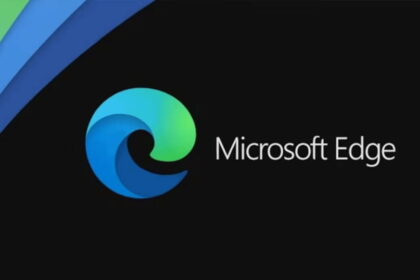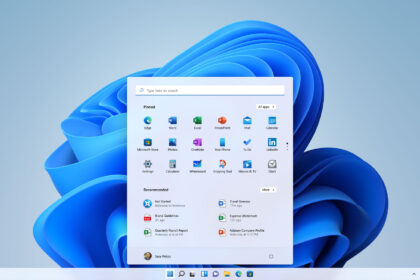Microsoft has made a significant move with a historic reorganization of its Windows Division. For the first time since 2018, all engineering teams responsible for the operating system are now consolidated into a single group.
This strategic decision aims to accelerate Windows development and ensure a more coherent, agile progression of the platform, enabling faster innovation and a more seamless user experience.
Microsoft reorganizes Windows and unifies its development teams
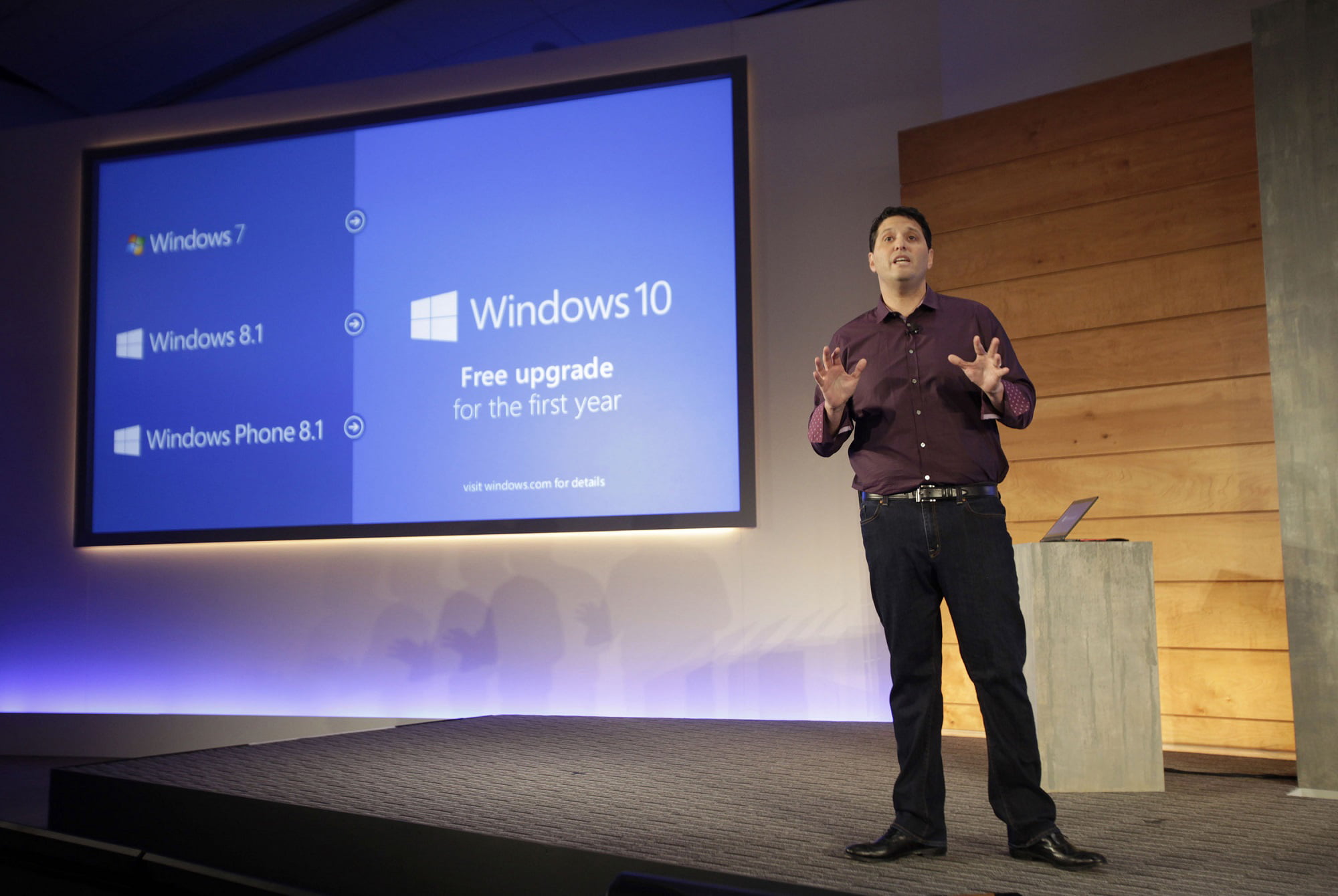
For context, Microsoft historically maintained a unified structure for all Windows development teams. However, after Terry Myerson’s departure in 2017 and the end of Windows 10 Mobile, the division was fragmented in 2018 into several independent groups. This fragmentation led to slower development, fewer notable updates, and an increase in system issues compared to the period before the split.
When Panos Panay took joint leadership of Windows and Surface in 2020, efforts were made to restore the unified structure. Key areas, such as the Shell and applications teams, were reintegrated, but the division never fully regained the cohesion it had in earlier years.
Following Panay’s leadership and minor adjustments by other managers, Microsoft has now decided to unify all Windows development teams, creating a structure reminiscent of 2017. It is not a full return to the old model, as the most critical system areas will remain under Azure’s control.
Nonetheless, this reorganization is expected to accelerate Windows development, delivering new features with greater coherence and speed.
Microsoft’s goal: convert Windows into an “agricultural so”

In its pursuit of leadership in artificial intelligence, Microsoft is embracing the concept of an “Agentic Operating System.” This vision involves a system driven by AI that can autonomously execute tasks and interact with files, applications, and windows.
For example, a user could request a document, and the operating system would carry out additional actions automatically, without manual input.
Microsoft aims to introduce this concept initially in Windows while gradually integrating more advanced AI experiences throughout the system. The recent internal reorganization is expected to accelerate the development of these capabilities, allowing Windows to respond more swiftly to competitors who are also developing AI-powered alternatives to challenge its central role in the market.






